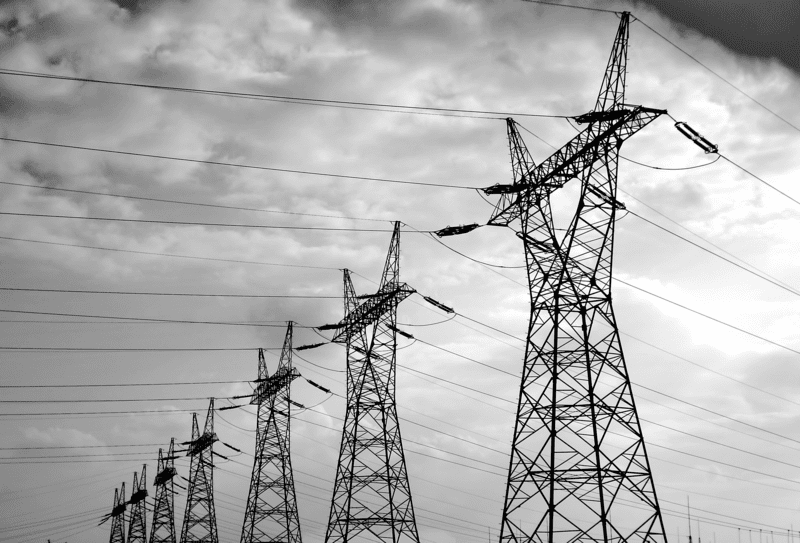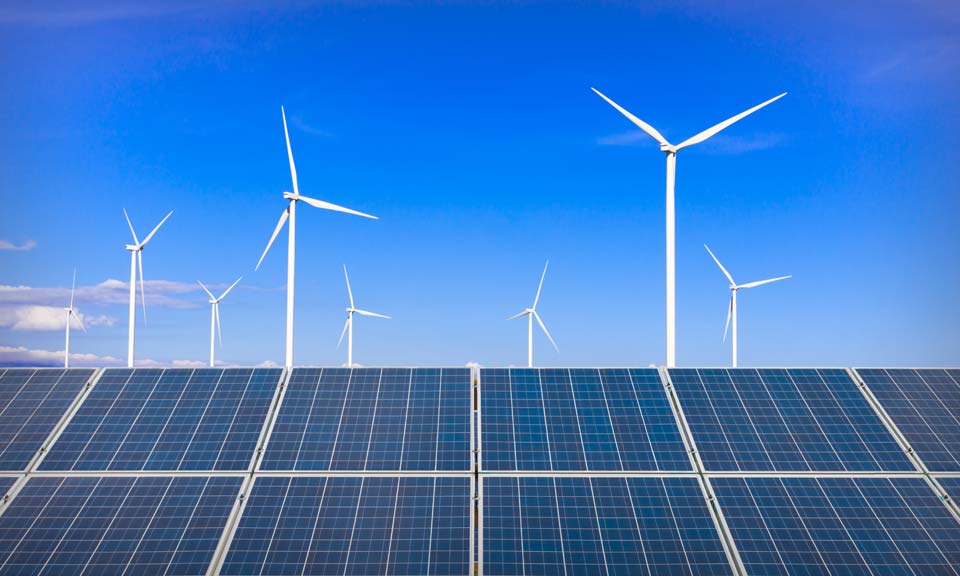Heading into spring, PJM Interconnection wholesale power prices declined slightly on month in March but remain much higher than a year ago, while the power generation fuel mix shifted away from coal and toward natural gas during the month.
"Temperatures across the PJM footprint were 3 degrees Fahrenheit above normal in March, a deviation similar to March 2021, and this kept overall PJM power demand flat year on year," S&P Global Commodity Insights said in a recent research note.
The average March high temperature across the PJM footprint was 54.8 degrees F compared with an average February high of 43.8 degrees F, according to CustomWeather data.
The average low temperature in March was 37 degrees F, compared with an average low of 26.9 degrees F in February. As a result of the warmer temperatures, average heating degree days declined from 29.1 in February to 18.7 in March.
PJM peak load averaged 94,633 MW in March, an 11% decline from February's average peak load of 105,945 MW. In March 2021 peak load averaged 91,609 MW, according to ISO data.
PJM East Hub power prices recorded the largest decline on month and the lowest year-over-year change of the major pricing hubs. East Hub day-ahead, on-peak power prices averaged $43.34/MWh in March, a roughly 19% decline on month and about 20% higher than year-ago levels.
PJM West Hub on-peak day-ahead power prices averaged $48.29/MWh in March, which was about 8% lower on month and 85% higher than the March 2021 average of $26.09/MWh.
Day-ahead on-peak power prices at the AEP-Dayton Hub averaged $46.98/MWh in March, which was down 2.27% on month and about 83% higher on year. Real-time on-peak power prices at the hub increased by just under 2% on month and were 72% higher on year to average $45.90/MWh in March.
Northern Illinois Hub day-ahead on-peak power prices averaged $40.69/MWh in March, a 2.39% decline on month and about 77% higher on year.
Spot natural gas price movement was mixed in March, with Platts Texas Eastern prices averaging $4.46/MMBtu, a 22% decline from February and about 102% higher than the March 2021 average.
Chicago city-gates prices increased by 2.61% on month in March to average $4.60/MMBtu, which was about 86% higher than a year ago.
Power generation fuel mix
"Steady gas dispatch month on month in March, just above 35 aGW, came with a large decline in coal-fired generation, which was down to less than 16 aGW following the significant impact of the surge in Illinois Basin and Appalachian coal prices," the S&P Global power market analysts said.
Coal-fired power accounted for 18.4% of the PJM fuel mix in March, down from 23.8% in February, according to ISO data.
"We anticipate coal generation to continue dropping between April and May as coal prices are lifted by a very tight seaborne market, while the present conditions for LNG exports, already close to being maximized, offer a cap on gas prices," S&P Global said.
Gas-fired power accounted for 38.3% of the generation mix in March compared with 35.1% in February, while nuclear power supplied 33.6% of PJM's generation mix in March, up from 32.1% in February.
Hydropower, wind power and non-wind renewables all accounted for greater shares of the fuel mix in March, averaging 2.5%, 5.2% and 1.5% respectively.
Forward power, gas prices
PJM West Hub forward power prices for April averaged $56.56/MWh in March trading, 5.8% higher on month and about 100% higher on year. The May contract average $59.72/MWh, which was 11% higher on month and 105% higher on year, while the June contract averaged $60.74/MWh, a 12% monthly increase and 107% higher on year, according to Platts M2MS data.
AEP-Dayton Hub forward power prices for April averaged $55.64/MWh in March trading, about 6% higher on month and 94% higher on year. The May contract averaged $59.00/MWh, 11% higher on month and 100% higher on year. The June contract averaged $60.22/MWh, 12% higher on month and 100.2% higher on year.
Forward Platts Transco Zone 6 Non-New York gas prices also strengthened heading into summer during March trading. The April contract averaged $4.12/MMBtu, an 8% monthly increase and 88% higher on year. Forward gas prices for May averaged $4.14/MMBtu, about 14% higher on month and 92% higher on year, while the June contract averaged $4.26/MMBtu, which was 13% higher on month and 92% higher on year.
"With nuclear refueling largely limited to April and again to the fall shoulder months, our power price outlook for the remainder of the year finds support around $40/MWh, while moving above $50/MWh in the summer," S&P Global said.



